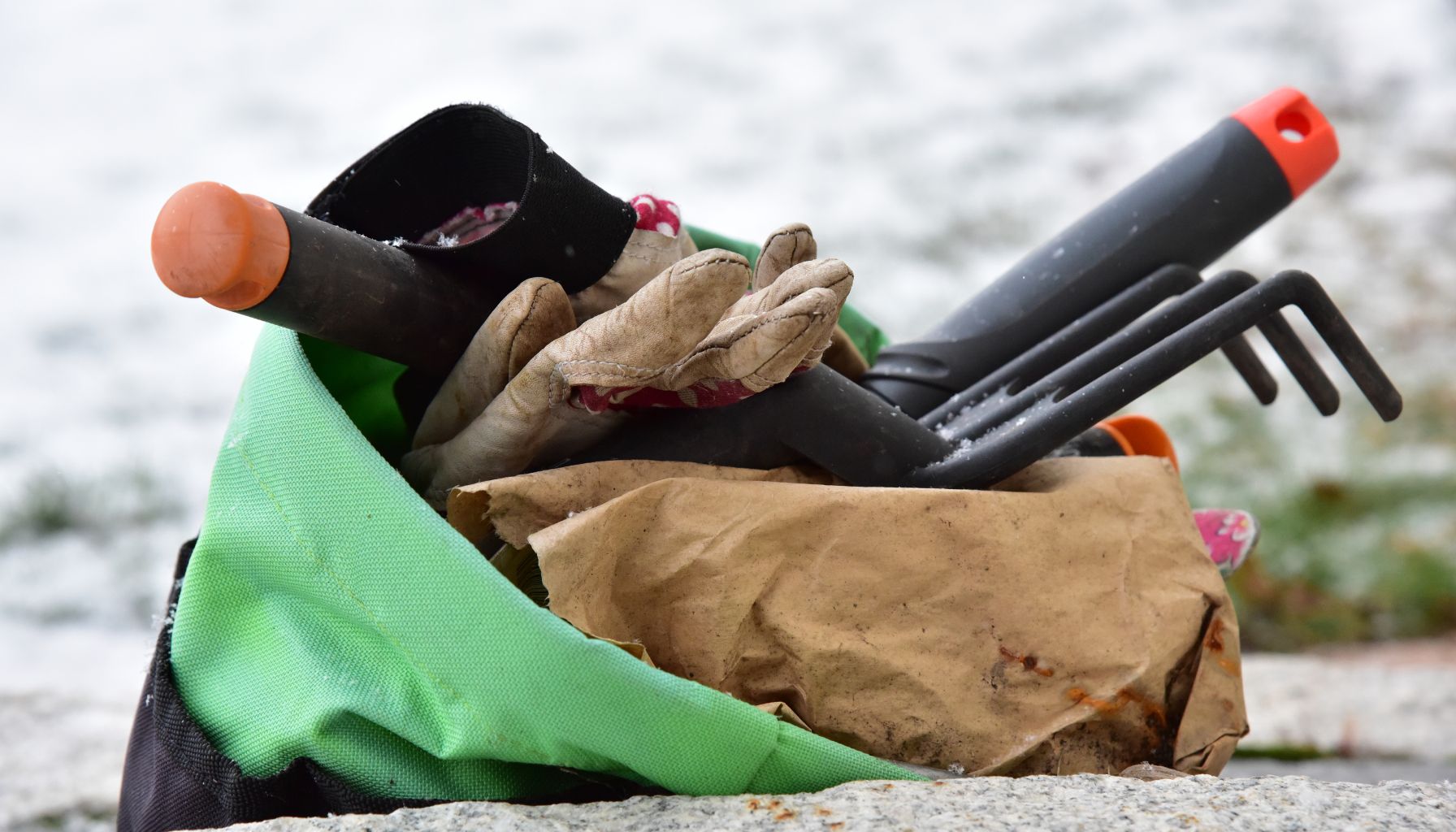
Image Source: Canva
When winter arrives, gardeners often wonder if composting can continue despite the cold weather. The answer is a resounding yes! With a few adjustments, winter composting can be just as effective as in warmer months. Whether you’re a seasoned gardener or new to composting, these eight tips will help you keep your compost pile thriving all season long.
1. Choose the Right Composting Location
The first step to successful winter composting is selecting an optimal location. Place your compost bin or pile in a sunny spot to maximize heat absorption during daylight hours. Consider shielding the pile from harsh winds by positioning it near a sturdy structure, like a shed or a dense row of shrubs. Elevated locations prevent waterlogging during winter rains or snowmelt, reducing the risk of anaerobic conditions. Additionally, ensure the spot is easily accessible even in snow, making it simpler to add scraps and turn the pile without hassle.
2. Insulate Your Compost Pile
Insulating your compost pile helps maintain the necessary heat for decomposition. Surround the pile with bales of straw, wooden pallets, or a tarp to trap warmth and protect against freezing temperatures. Using a compost bin with thick walls or adding an extra layer of insulation, such as bubble wrap or old blankets, can further enhance heat retention. Additionally, piling up snow around the compost bin acts as natural insulation, providing extra warmth while reducing temperature fluctuations. Remember, maintaining a consistent internal temperature is key to keeping microorganisms active and your compost productive.
3. Maintain a Balanced Mix of Materials

Image Source: Canva
Keeping a proper balance of “greens” (nitrogen-rich materials) and “browns” (carbon-rich materials) is essential in winter. Add kitchen scraps like vegetable peels, eggshells, coffee grounds, dried leaves, shredded cardboard, or small twigs. Layer these materials alternately to prevent compaction and improve airflow. Avoid adding too many wet or oily materials, as they can freeze into hard clumps and impede microbial activity. Chopping or shredding all materials into smaller pieces can significantly accelerate decomposition, even in the cold. A well-balanced mix not only keeps microbes active but also minimizes unpleasant odors and optimizes the composting process throughout winter.
4. Use Smaller Compost Bins for Efficiency
Smaller compost bins are easier to manage during winter. They retain heat more effectively than larger, sprawling piles, ensuring consistent decomposition. Compact bins also help conserve moisture levels, which is crucial during the dry winter months. Consider using a tumbler-style bin for added convenience, as these are easier to rotate and prevent freezing at the edges. By keeping your compost contained and well-managed, you’ll encourage microbial activity, promote faster organic breakdown, and reduce exposure to extreme elements like wind and frost.
5. Turn the Pile Regularly
Aeration, which refers to the process of introducing air into the compost pile, is key to a healthy compost pile, especially in winter. Turning the pile ensures oxygen reaches the microorganisms responsible for decomposition, keeping them active even during colder months. Use a pitchfork or compost turner to mix the layers at least once every two weeks, or more frequently if temperatures plummet. Be mindful of exposing the pile to frigid air for too long; try to work quickly and cover it back up after turning. Regular turning also helps distribute heat evenly within the pile and break up any frozen clumps, ensuring optimal conditions for decomposition.
6. Add Compost Activators

Image Source: Canva
Compost activators can give your pile a boost when temperatures drop. Sprinkle alfalfa meal, blood meal, or commercial compost starters into the mix. These additives provide extra nitrogen, accelerating the decomposition process. Another natural option is to add manure from herbivores, like rabbits or chickens. Activators help keep the composting process on track, even during the coldest days.
7. Protect Against Excess Moisture
Winter often brings rain and snow, which can waterlog your compost pile and slow decomposition. To combat this, use a tarp, lid, or waterproof cover to shield the pile from excessive precipitation. Check for proper drainage at the base of your bin or pile, as standing water can lead to anaerobic conditions and foul odors. Incorporate absorbent materials like shredded newspaper, straw, or dry leaves to help soak up excess moisture. Regularly monitor the moisture level by performing a simple squeeze test—your compost should feel like a wrung-out sponge. These steps will ensure your pile remains healthy and productive throughout the winter months.
8. Store Extra Organic Waste
If your compost pile is frozen solid, don’t stop collecting organic waste. Store kitchen scraps in a sealed container, compostable bag, or dedicated countertop compost caddy with a carbon filter to minimize odors. Freezing food waste beforehand not only helps preserve it but also causes cell walls to break down, speeding up decomposition once added to the pile. For extra convenience, label your storage containers to avoid confusion and clean them regularly to prevent buildup. Keep these stored materials in a garage, shed, or freezer to avoid attracting pests, and make sure you’re ready with a steady supply of compostable material when conditions improve.
Keep Your Winter Composting Momentum Going
Winter composting is a rewarding way to maintain your garden’s ecosystem year-round. By following these tips, you’ll turn winter’s challenges into opportunities for greener gardening. Remember, consistent effort pays off—your compost will be ready to nourish your garden come spring. Don’t let the season stop you from achieving a thriving, sustainable garden!

Vanessa Bermudez is a content writer with over eight years of experience crafting compelling content across a diverse range of niches. Throughout her career, she has tackled an array of subjects, from technology and finance to entertainment and lifestyle. In her spare time, she enjoys spending time with her husband and two kids. She’s also a proud fur mom to four gentle giant dogs.
Leave a Reply